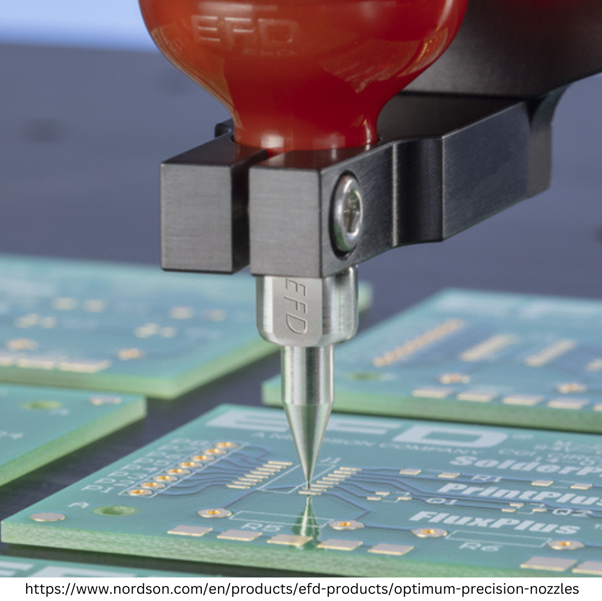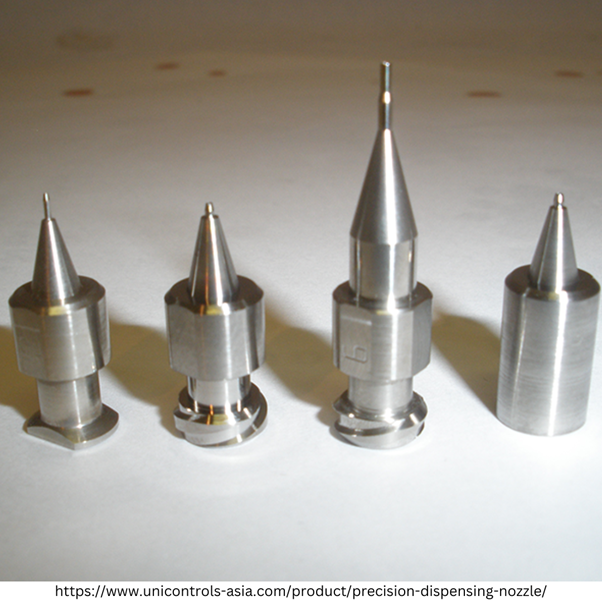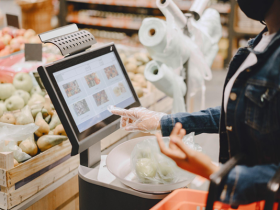Many food, pharmaceutical, or cosmetics companies need fluid dispensing equipment to ensure that each product has the exact amount of fluid in them. This equipment provides the products’ consistency and prevents wasting too many resources. At the same time, it keeps consumer opinion up since they’ll know they’re paying for the exact amount they’re expecting.
I wanted to start my own pharmaceutical company, so I spent much time studying each available fluid dispensing equipment. Each serves a different purpose, and while one might not be applicable in my field, it may be helpful in others. Here are four examples of fluid dispensers that may be useful, especially if you’re in the industries mentioned earlier.
1. Liquid Dispensers
Many fluid dispensers don’t have a specific purpose and are used for general dispensing needs. You can look for a liquid dispenser that can handle your liquid’s viscosity, desired amount per container, the pressure of the material and dispenser, and more. You can also choose the size of your nozzle to fit your products’ needs. For example, I have liquid dispensers for my company’s larger medicine bottles, such as cough syrup.

2. Precision Dispensing Nozzles
Precision dispensing nozzles are for specific uses only since they are the most precise type in this list. The nozzles are as small as 100 to 500 micrometres wide. My company has no use for a nozzle this small, but it does have a place in other industries, such as electronics. This nozzle can dispense a small amount of strong adhesive to stick small pieces of an electronic together.
3. Standard Pressure Tanks
Instead of dispensing liquids, like the other entries on this list, pressure tanks hold the liquid you’re dispensing into smaller containers. To use it, you attach the nozzle of your choice to the pressure tank and turn the valve. The pressure coming from the tank helps the material dispense more easily. After all, many have tried pouring a liquid into another container without any pressure to help – it usually ends up being inaccurate because it’s challenging to control the excess drip, especially from thicker liquids. A high-quality pressure tank can change that. I also use pressure tanks for the same reason: I need all my products to be as consistent as possible.
4. Hibar Pumps
Hibar pumps have evolved in their usage over the years. They used to be for filling up batteries with electrolytes, but they have since grown to help with other industries, too. In my experience, hibar pumps help fill up our small bottles of eye drops, all with the right amount to remain consistent. You can also use this dispensing pump for other products, such as food, cosmetics, detergents, and more. You can experiment with hibar pumps and see if they suit your company’s needs.
Do you need fluid dispensing equipment for your business? Unicontrols has been a provider of liquid control equipment since 1976, providing products such as pressure tanks, liquid dispensers, and more. For more information on their other dispensing equipment, visit Unicontrols’ website today.










